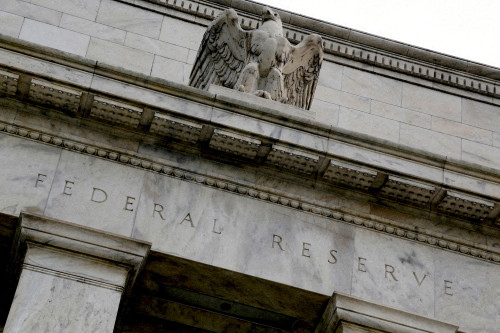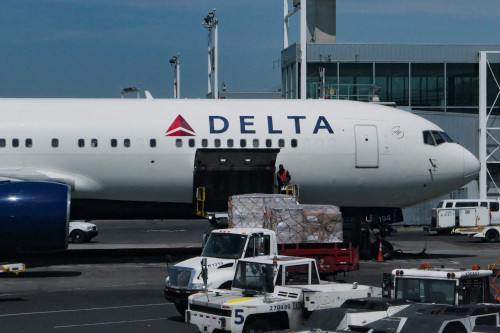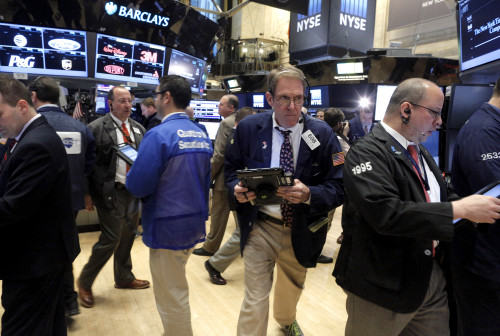
By Pete Schroeder
WASHINGTON (Reuters) -Twenty-two of the largest banks in the U.S. are well-positioned to weather a hypothetical severe economic downturn and continue lending, with firms maintaining robust capital levels even after suffering hundreds of billions of dollars in losses, the Federal Reserve reported on Friday.
The results of the U.S. central bank’s annual “stress test” of large banks’ finances found firms remain resilient in the face of a potential recession, a spike in unemployment, and market turmoil.
In aggregate, the test found the banks suffered losses of more than $550 billion in the Fed’s scenario, which drove down their capital levels by 1.8%. But even then, firms retained more than twice the minimum level of capital required by regulations.
On average, the test found banks retained an average 11.6% ratio of their common equity tier 1 capital, well above the 4.5% minimum required.
“Large banks remain well-capitalized and resilient to a range of severe outcomes,” Fed Vice Chair for Supervision Michelle Bowman said in a statement.
The results of the annual exam are significant for banks as their performance in the exercise sets the “stress capital buffer” they must hold against potential losses. Those buffers typically are finalized in August, according to Fed officials. The relatively clean bill of health from the central bank clears the way for the firms to announce capital plans to shareholders in the coming days, including stock buybacks and dividends.
Banks will be able to announce any capital plans as early as Tuesday after U.S. markets close, Fed officials said.
Banks generally performed better in the 2025 test than in the 2024 version, in part because the Fed’s test this year was less severe. The stress test runs counter to the overall U.S. economy, so a slightly weaker economy leading up to the test resulted in a slightly less vigorous scenario.
The 2025 test involved a severe global recession that included a 30% decline in commercial real estate prices and a 33% decline in home prices. The unemployment rate spiked 5.9 percentage points to 10% under the test.
The largest global banks all posted stronger results than in 2024, led by JPMorgan Chase, which retained a capital ratio of 14.2% under the test. The nation’s six largest banks all retained double-digit capital ratios under the test.
The bank that posted the highest capital ratio under the test was Charles Schwab at 32.7%. BMO’s U.S. operations posted the lowest capital ratio at 7.8%.
STRESS TEST OVERHAUL
The stress test results were released during a transitory period for the exercise, which was established following the 2008 financial crisis to probe big banks’ resilience. The Fed announced at the end of 2024 that it would be pursuing major changes to how the test is conducted, largely responding to industry complaints that the exercise is opaque and subjective.
Among the changes, the Fed proposed in April that the results should be averaged over two years, in response to complaints about volatility. That rule-writing project is still ongoing, but the central bank said on Friday that if the 2025 and 2024 results were averaged, the bank capital decline would increase to 2.3%.
If the Fed is able to complete that rule-writing this year, the average results will be used to set the stress capital buffer beginning in the first quarter of 2026, officials said.
In addition to averaging results, the Fed has said it also plans to make the scenarios it concocts and the models it uses to produce results available to the public and will be soliciting public feedback on them.
(Reporting by Pete Schroeder; Editing by Paul Simao)




